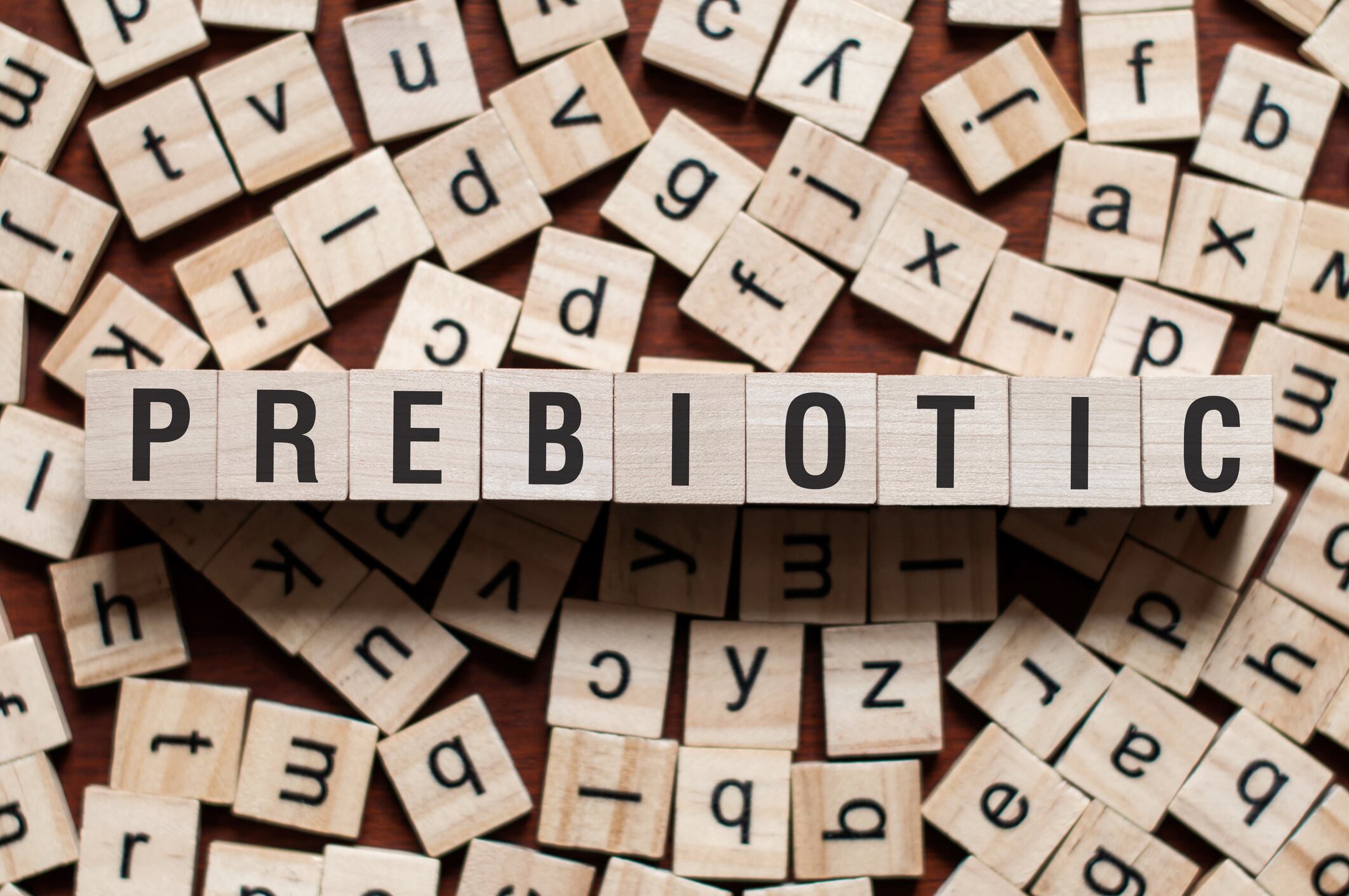ISAPP’s 2017 expert consensus document in Nature Reviews Gastroenterology & Hepatology defined a prebiotic as: “A substrate that is selectively utilized by host microorganisms conferring a health benefit.”
IPA, which announced an expanded scope in 2023 beyond probiotics to include prebiotics, postbiotics and synbiotics, said that its formal adoption of this definition is a crucial step in laying the foundation for consistency, integrity and innovation in the prebiotic sector.
“This decision signifies IPA’s commitment to advancing scientific clarity, regulatory alignment and commercial harmonization across the prebiotic field,” IPA stated in a press release.
The announcement came after an extensive evaluation of existing prebiotic definitions by an IPA Prebiotic Definition Task Force, which conducted a structured assessment and a comprehensive survey of IPA members. This process led to a recommendation to adopt the ISAPP definition as the most suitable and which was accepted by the IPA’s Approval Committee.
IPA said the ISAPP definition was selected for four compelling reasons. First, it is supported by extensive scientific research and provides good alignment for scientific substantiation. Second, it emphasizes microbial selectivity and acknowledges microbiome benefits. Third, it allows for future accommodation of evolving science and novel prebiotics including extending the prebiotic concept beyond the gut. And finally, it reinforces clinical relevance and provides a scientific basis for regulatory decision-making.
“This is not just a definition, it is a strategic commitment to clarity, integrity and progress in the prebiotic space,” said George Paraskevakos, executive director at IPA. “Alignment with the ISAPP prebiotic definition will enhance consistency in how prebiotics are understood, communicated and developed across sectors. With strong consensus from our membership and scientific partners, IPA remains committed to serve as a trusted steward and global leader for the responsible evolution of the biotics field.”
Marla Cunningham, ISAPP’s executive director, welcomed the announcement, stating, “A common understanding of the term ‘prebiotic’ is critical for advancing scientific research, developing effective and evidence-based products and ultimately making it easier for consumers to access the health benefits that prebiotics can provide.
“Having more voices behind the same message will help to further align and inform stakeholders in these endeavors. We’re pleased to hear of IPA’s support, and we look forward to further positive progress in prebiotic implementation as a result.”
History
The term prebiotic was coined by Dr. Glenn Gibson and Dr. Marcel Roberfroid in 1995 in a seminal paper titled, “Dietary Modulation of the Human Colonic Microbiota: Introducing the Concept of Prebiotics”.
Dr. Gibson, who co-founded ISAPP with Dr. Mary Ellen Sanders, led the 2017 update to the definition.
Speaking with NutraIngredients in 2020 as part of our Probiota Champions series, Dr. Gibson said, “Funnily enough, when we looked at it [the definition of prebiotic] as a panel, we’d seen that since 1995 there were about 16 different definitions of prebiotic. That’s more than one every second year, which is a bit daft. So, we thought, what do we do about this? Another definition, of course!
“But it’s one that pulls them all together and is a little bit more simplistic but does not miss any of the developments that these 16 had contributed to. I hope this is the last one.”




